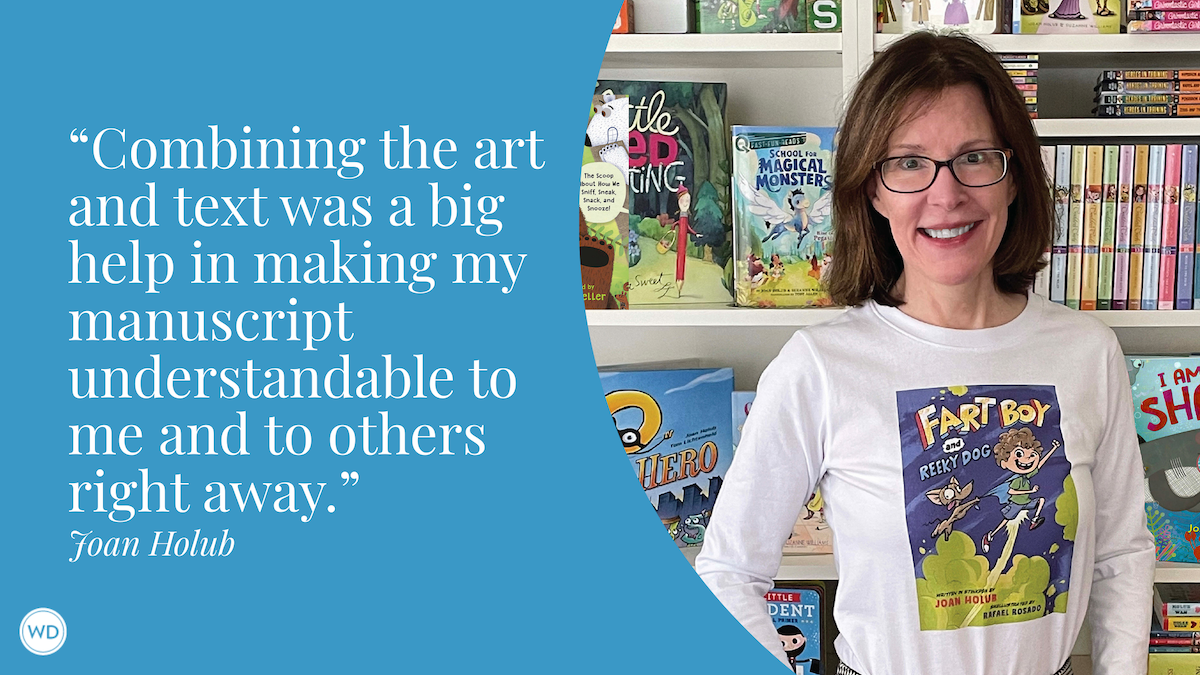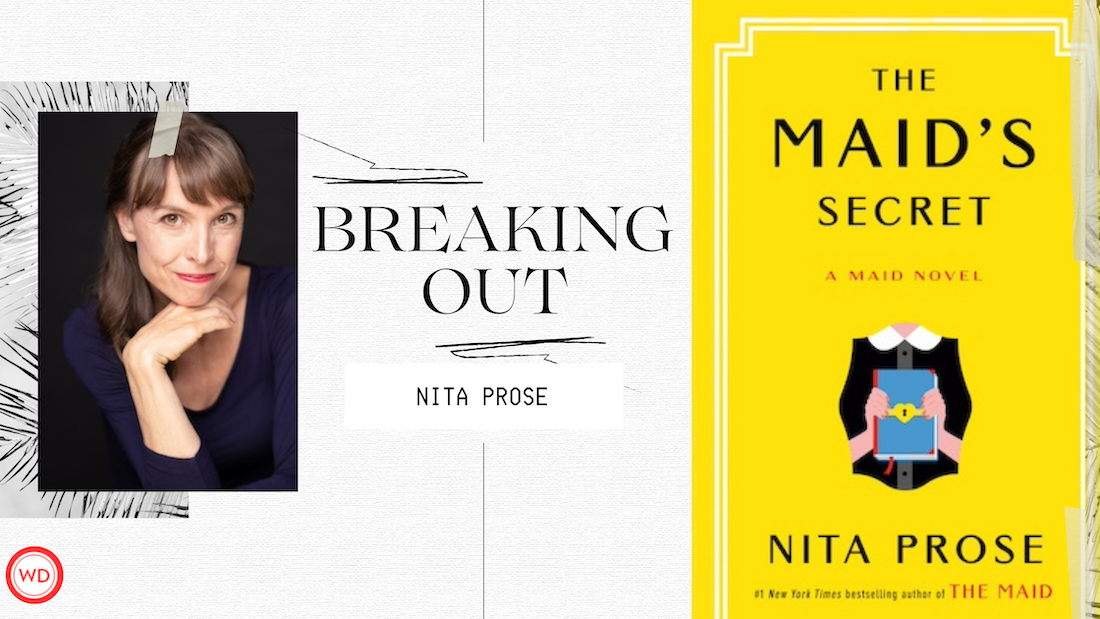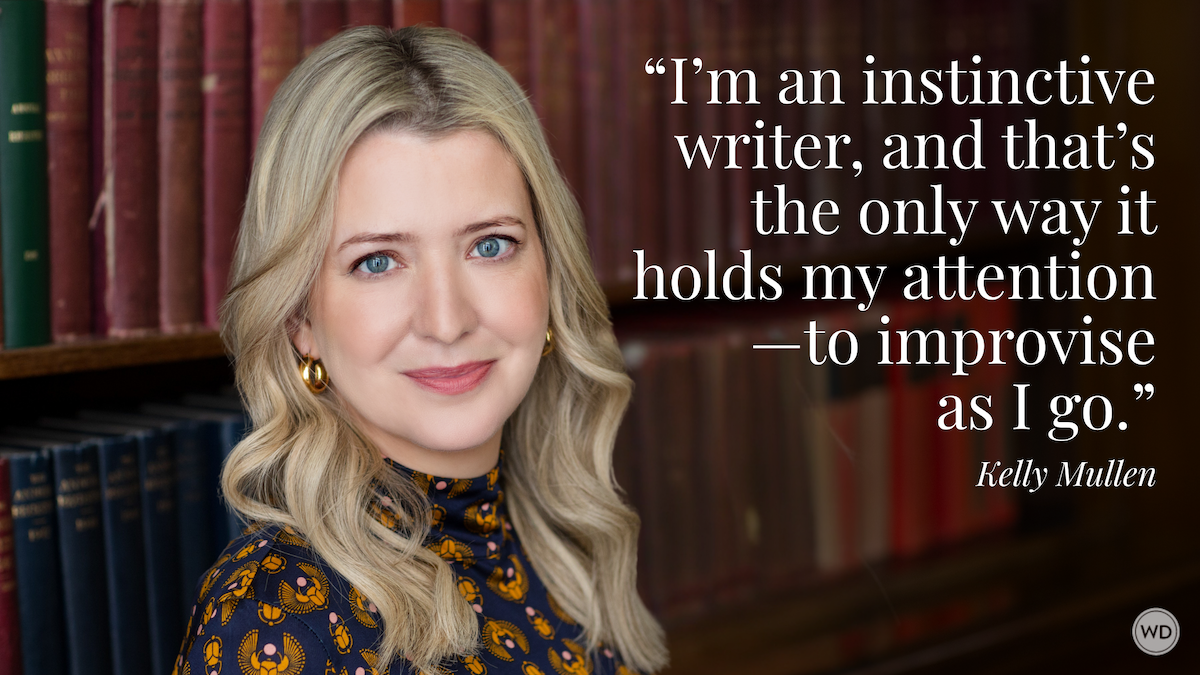How to Write a Thriller That Delivers
When you’ve kept your readers up all hours of the night turning the pages, then you know you’ve got a winning thriller on your hands. Author Wanda M. Morris offers 6 tips on how to write a thriller that delivers, plus examples from thrillers to add to your bookshelves.
You’re tucked in bed. The alarm clock is set for 6:00 a.m. because you have an early morning meeting. You pick up a book your friend recommended, just to read a couple chapters before dozing off. Before you know it, it’s after midnight and you’re still reading. Just one more chapter, you promise yourself. But you said that three chapters ago. Still, you read on. Why? Because you’re probably reading a thriller that delivers.
Here’s a bit of wisdom I’ve gained from writing my debut novel and reading in a genre that I love.
Make A Promise To Your Reader At The Beginning Of The Book
How many times have you read a book and within the first couple pages, you’re wondering what will happen next? If you did, then the author has successfully made a promise, otherwise known as the “hook.” The hook is the attention-grabbing scene that pulls you in and tells you that you’re in for a ride. Whether it’s a murder that occurs in the opening pages, the discovery of a dead body, or a chase scene where someone gets away, the opening pages usually signal that the reader is in for a compelling story.
Take a look at the opening paragraph of Lucy Foley’s The Guest List.
The lights go out. In an instant, everything is in darkness. The band stop their playing. Inside the tent the wedding guests squeal and clutch at one another. The light from the candles on the tables only adds to the confusion, sends shadows racing up the canvas walls. It’s impossible to see where anyone is or hear what anyone is saying: above the guests’ voices the wind rises in a frenzy.
Anyone who reads a first paragraph like that knows that this book is not a slow prose-laden literary book or an enemies-to-friends romance. This book promises to be a wild ride. From the opening paragraph, the reader wants to know what happened and why are wedding guests clutching one another.
Thriller openings can be softer as well, but still just as enticing, such as the first chapter in Zakiya Dalila Harris’s The Other Black Girl.
The first sign was the smell of cocoa butter. When it initially crept around the wall of her cubicle, Nella was too busy filing a stack of pages at her desk, aligning each and every one so that the manuscript was perfectly flush. She was so intent on completing this task¾Vera Parini needed everything to be flush, always¾that she had the nerve to ignore the smell. Only when it inched up her nostrils and latched onto a deep part of her brain did she stop what she was doing and lift her head with sudden interest.
Aren’t you dying to know the source of the smell of cocoa butter and why it has piqued Nella’s interest?
Hello, Interesting Protagonist … Meet Your Formidable Villain
Whether your protagonist is smart and capable like Mitch McDeere in John Grisham’s The Firm or a broken and hopeless shell of a woman like Rachel in The Girl On The Train by Paula Hawkins, your protagonist must come to the story with something unique, something that makes the reader follow them into the story and ultimately come to root for them.
Keep in mind, protagonists aren’t perfect. In fact, the farther from perfection, the better. Send in your flawed, quirky, bombastic, or broken protagonists. Give them backstories that break your heart or better yet, make them like that mean girl from your freshman year Calculus class, and send her on a quest that strips away all that mean girl veneer. These are the characters that make for an interesting story and demand that the reader follow her 300 pages through a book.
Equally as important as a well-developed protagonist is the well-developed villain. The first rule of creating great villains: Make them smart and give them motivation for the evil they do. Heroes shouldn’t be all good, and villains shouldn’t be all bad. Give your characters shades of gray in their moral compass. In Patricia Highsmith’s classic, The Talented Mr. Ripley, the author gives her villain a backstory that makes you feel sorry for him. And what’s more chilling than trusting someone who could commit the most heinous crimes.
He hated water … His parents had drowned in Boston Harbor, and Tom had always thought that probably had something to do with it, because as long as he could remember he had been afraid of water, and he had never learned how to swim.
The genius of Highsmith’s story is that water figures prominently in the villain’s misdeeds.
Remember in her mind, the villain believes she is the star of the story and that everything she does is justified. Start your story with the villain in a position of strength, much stronger that that of the protagonist. Remember, part of your protagonist’s journey is to overcome whatever obstacles the villain puts before him and come out the victor, or at least better for having gone through the battle. At the climax, the positions change, and your protagonist assumes the stronger position. That strength carries him to victory over the villain.
IndieBound | Bookshop | Amazon
[WD uses affiliate links.]
Give the People What They Want
Readers come to thriller books with certain expectations. What makes thrillers “thrilling” is the high stakes. Someone or something must be in some really grave danger, the kind of danger that calls your protagonist to action. Readers come to a thriller because they are expecting a big story, otherwise known as “the high concept.” This doesn’t always mean the annihilation of the world through a massive explosion.
It could be something as quiet as the destruction of a family’s stability as in Celeste Ng’s Little Fires Everywhere. Or perhaps it is a man’s quest to do something better for his family as in S.A.Cosby’s electrifying novel, Blacktop Wasteland.
Take Me Away
The best way to sweep a reader up into a story is to take them to an unfamiliar place or a place that the reader can see in a different light. Time and place should be more than the backdrop of your story. Whether it’s a neighborhood threatened by gentrification as in When No One Is Watching by Alyssa Cole or the toxic work environment of a corporate office as I did in my novel, All Her Little Secrets. Let the reader get lost in the story through the world the protagonist inhabits.
As with most things, details matter when it comes to setting. The more details you can provide, the more intimate the reader feels with your story. In Cole’s When No One Is Watching, she describes her neighborhood, which has come under attack by gentrification developers. Her eye for detail carries the reader into the story and right alongside her in her Brooklyn neighborhood.
It was a day that actually felt like autumn—the weather cool enough to wear a cute blazer and the oak trees lining Gifford Place ablaze in gold and red. I was struck by how beautiful my neighborhood was, bathed in these warm hues that contrasted so well with the brick and brownstone exteriors, how beautiful it had always been despite decades of being ignored. Neglect had shielded us, in a way, and watching strangers stroll through in their comfortable sneakers, with Nikons hanging around their necks, felt like our walls had been breached and the horde was marching in.
Place and setting can also help shape your story and give it structure. In my novel, All Her Little Secrets, I used dual timelines and different seasons of the year to help the reader understand my protagonist’s life. Specifically, I focused on Ellice Littlejohn as a young girl during one hot summer in her rural hometown in Georgia contrasted to her life as an adult in big city Atlanta during the cold January of winter. The heat of the summer adds another layer to the horrific trauma going on around her. Similarly, the winter makes her feel cold and lonely, much like she feels in the office where she works as an adult.
Pump Up the Pacing
Thrillers should move at a pace that keeps the reader hustling through the pages to find out what will happen next. This is where an author must learn the craft of storytelling (that’s an entirely different article altogether). Pacing is dependent on things like tension and conflict. Conflict is the engine that drives a thriller forward. Keep in mind, conflict isn’t all about characters arguing or fighting to the death. It’s about two characters coming into the scene with different goals. Who will win out? It could be something as simple as a late-night conversation between a married couple.
Take a look at the dialogue from William Landay’s bestselling novel, Defending Jacob.
The sight of her nearly brought me to tears. From the third step she said, “Andy, come to bed. There’s nothing more we can do tonight.”
“Soon.”
“Not soon; now. Come.”
“Laurie, come here. There’s something we have to talk about.”
She shuffled across the front hall to join me in the living room, and in those dozen steps she seemed to come fully awake. I was not the type to ask for help often. When I did, it alarmed her. “What is it, sweetheart?”
“Sit down. There’s something I have to tell you. Something that’s going to come out soon.”
“About Jacob?”
“About me.”
Each of them wants something different in this scene. And by the way, this scene does double duty. The tension between the couple is heightened by the husband’s imminent revelation. Who isn’t racing through that passage to find out what he has to share?
This leads me to my next point. Use narrative elements that will make the reader want to turn the page. Things like clever and efficient dialogue, revelations and twists, and chapter cliff-hangers (warning: use cliff-hangers sparingly to avoid annoying the reader).
Raise the Stakes … And Then Raise Them Some More
Place your protagonist in a really bad place and force them to get out. Just when it seems like there might be a way of escape, place them in a worse situation and make the means of escape even less likely. Once you do that, do it again – rinse and repeat until it seems like there is no possible way for your protagonist to get out.
There’s nothing thrilling about a protagonist who can easily figure out a means of escape from her plight. To keep the thrill in your thrillers, give the protagonist a gun that jams just as the villain is approaching. Have the villain chase the protagonist into a dark dead end alley. Have your protagonist run down all the villain’s dirty deeds to a cop, one who’s being bribed by the villain. What does your protagonist do in these situations? Remember, your protagonist’s true character and strength comes through in times of desperation, when things are falling apart. Give your protagonist something to get the reader’s heart racing.
Remember, make a promise to the reader at the start of your story and then deliver by creating characters and a story that readers cannot put down.
Wanda M. Morris is a corporate attorney who has worked in the legal departments for several Fortune 100 companies. An accomplished presenter and leader, Morris has previously served as President of the Georgia Chapter of the Association of Corporate Counsel and is the founder of its Women's Initiative, an empowerment program for female in-house lawyers. An alumna of the Yale Writers Workshop and Robert McKee’s Story Seminar, she is a member of Sisters in Crime, Mystery Writers of America, and Crime Writers of Color. Morris is married, the mother of three, and lives in Atlanta, Georgia.








